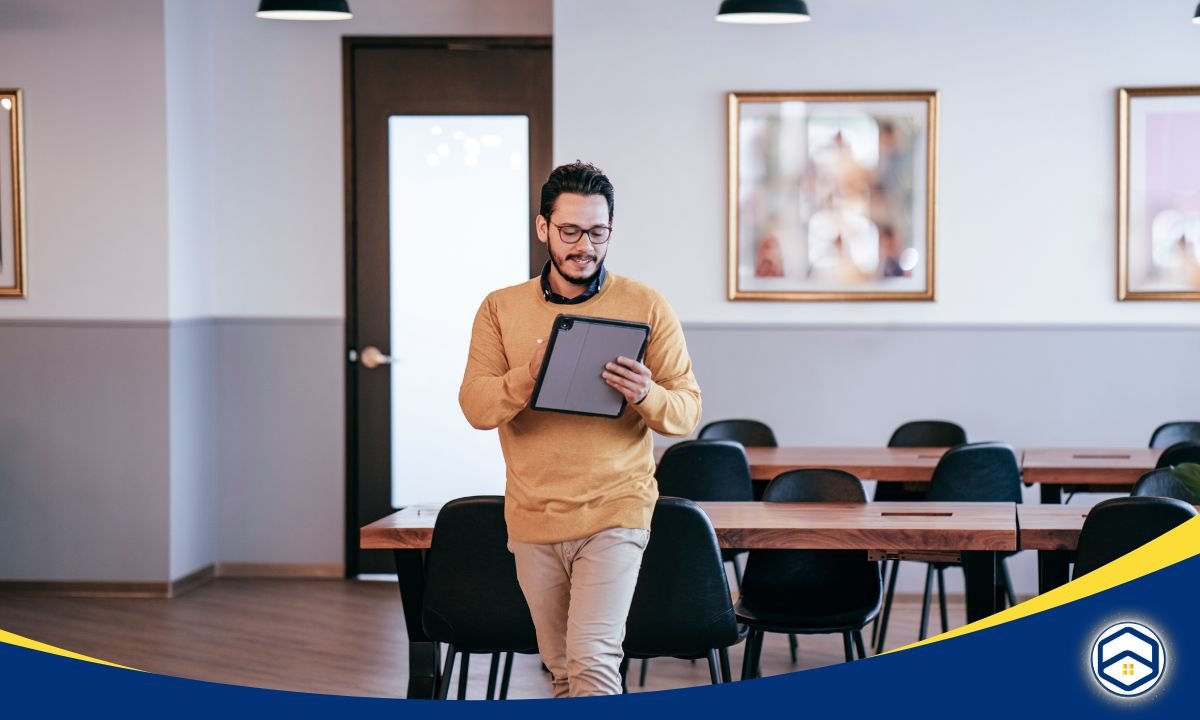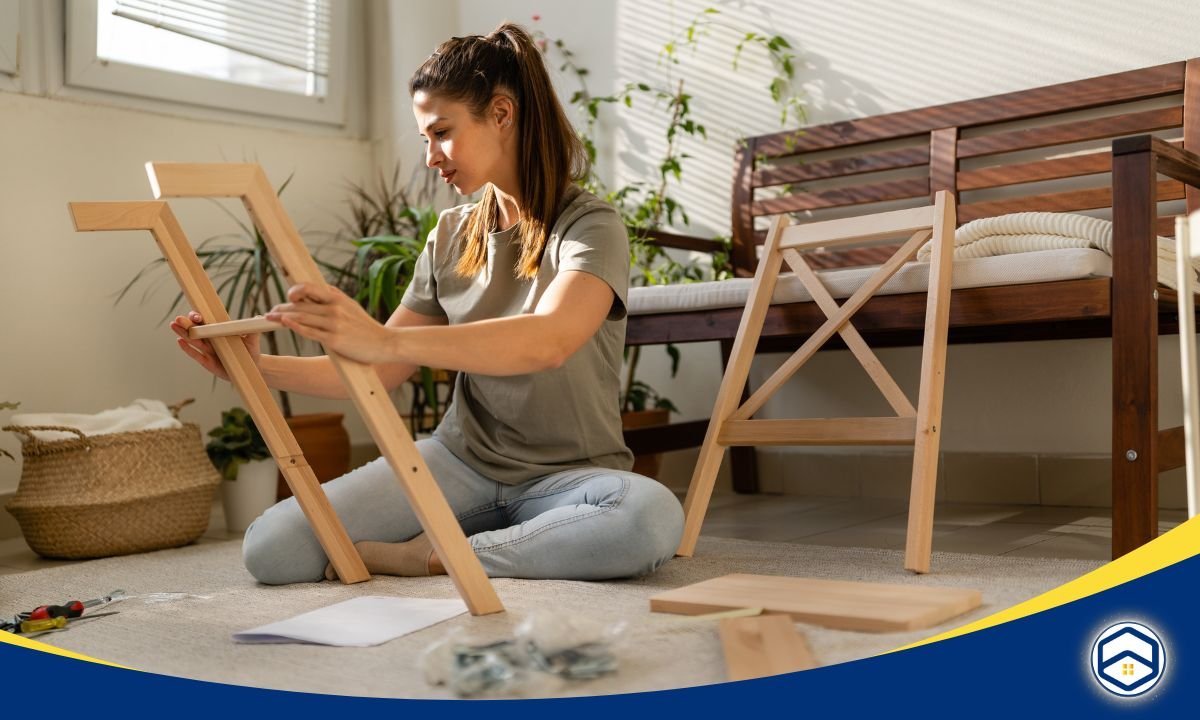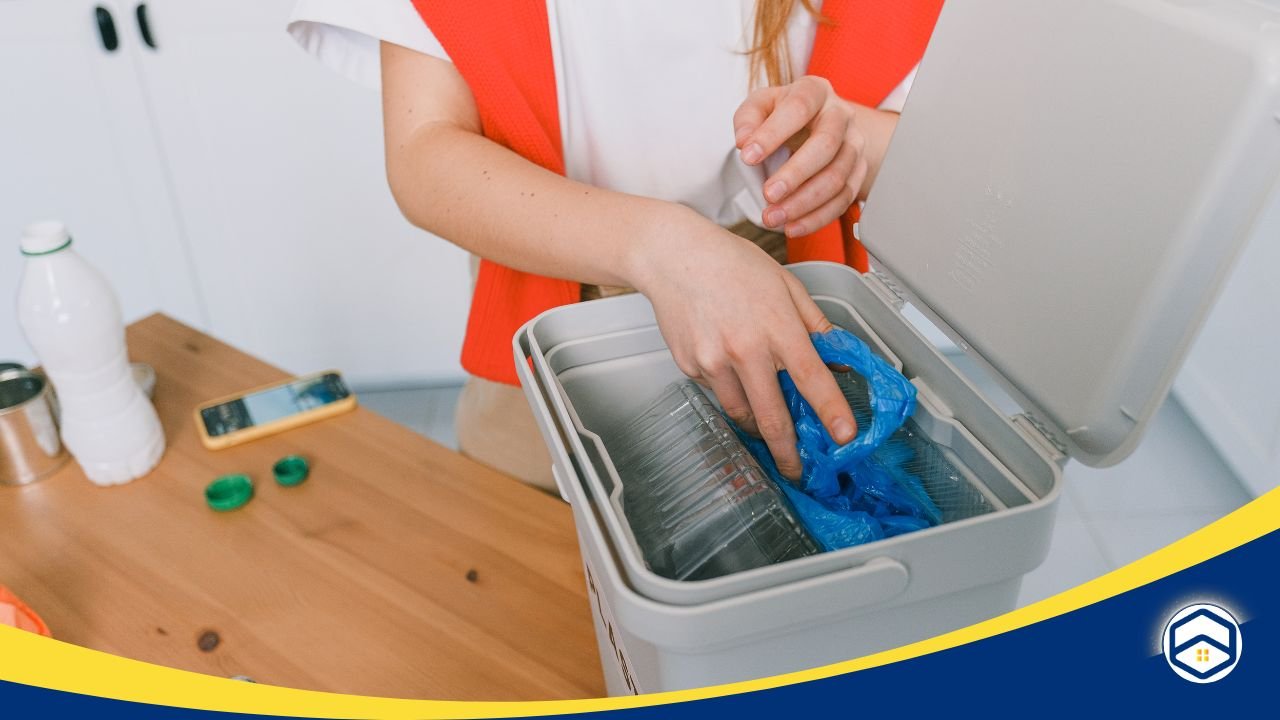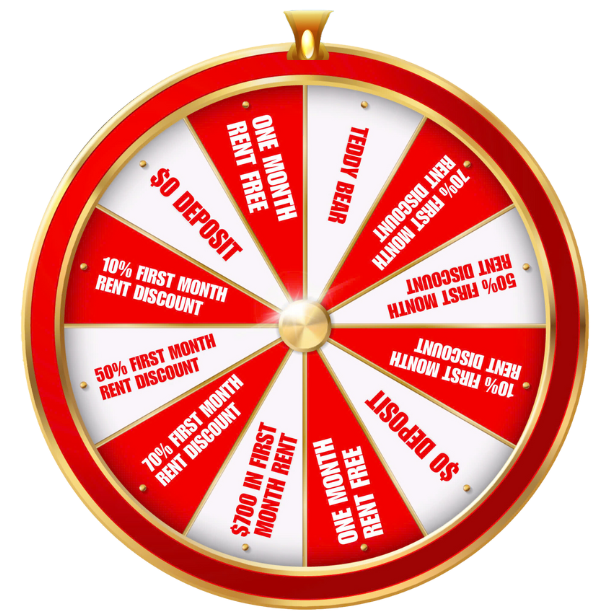As a new parent, one of your top priorities is ensuring that your home is safe for your baby. Whether you’re renting an apartment or living in a house, babyproofing your space is essential to protect your little one from accidents. But when you’re living in an apartment, particularly as a medium-income renter, it can feel challenging to create a safe environment without making permanent changes to the space.
So, how to babyproof your apartment practically and affordably? In this article, we’ll explore 8 creative ways to babyproof your apartment, covering everything from sharp edges and toxic substances to furniture and electrical hazards. These tips are designed specifically for renters who want to create a child-safe environment without damaging their rental property or spending a fortune.
If you’re looking for budget-friendly, renter-approved ways to babyproof your apartment, keep reading. For more helpful home improvement ideas, check out the latest posts on HexaPM.
Why Babyproofing Your Apartment is Essential
Before we discuss the specific tips, let’s explore why babyproofing your apartment is so important. Babies are naturally curious, and as they start to crawl, walk, and explore, they risk bumping into sharp edges, accessing dangerous items, or even causing a fall. In fact, according to the Centers for Disease Control and Prevention (CDC), unintentional injuries are a leading cause of death for children under the age of 4.
Benefits of Babyproofing Your Apartment:
- Preventing Accidents: Babyproofing helps prevent injuries caused by falls, burns, poisoning, and other accidents.
- Promoting Peace of Mind: Knowing your apartment is safe for your baby will give you peace of mind, especially when you’re busy with daily tasks.
- Creating a Child-Friendly Environment: Babyproofing doesn’t just protect your child—it also creates a nurturing space for their development and play.
With that in mind, let’s explore some affordable and non-permanent ways to babyproof your apartment, especially for renters who may need to reverse these changes when they move out.
How to Babyproof Your Apartment?
1. Secure Furniture to the Wall
As your baby begins to explore, they’ll inevitably pull themselves up on furniture. The problem is, that many pieces of furniture—especially bookshelves, TVs, and cabinets—can tip over easily, causing serious injury. To prevent this, you can anchor furniture to the wall.
- How It Works: There are inexpensive anti-tip straps or wall anchors that secure heavy furniture to the wall. These straps are easy to install with screws or adhesive and can be removed when you move out.
- Where to Use It: Install anchors on large furniture pieces, like bookshelves, dressers, or TVs. These are common tipping hazards, especially when your baby starts standing or walking.
Pro Tip: Always ensure that heavy items like books and decor are secured to prevent them from falling off shelves.

2. Babyproof Sharp Edges with Corner Guards
When babies start crawling or walking, they’re naturally drawn to furniture and corners. Sharp edges on coffee tables, bookshelves, and side tables can be a danger. Fortunately, corner guards are an easy and affordable way to soften these edges.
- How It Works: Corner guards are soft, cushioned bumpers that attach to the corners of furniture, absorbing the impact of any accidental bumps.
- Where to Use It: Place corner guards on all sharp edges in your apartment—particularly on low tables, TV stands, and any other furniture your baby might crawl into.
These corner protectors are typically removable, which makes them perfect for renters who need to remove them when they move.
3. Install Outlet Covers and Safety Plugs
Electrical outlets pose a significant safety risk to curious babies. Installing outlet covers or safety plugs is a quick and affordable way to babyproof your apartment and prevent accidental shocks.
- How It Works: Outlet covers are plastic or rubber inserts that cover the electrical outlet, preventing your baby from inserting objects or fingers. Safety plugs can be inserted into unused outlets for added protection.
- Where to Use It: Place outlet covers on every exposed outlet in your apartment. These are especially important in areas where your baby will be crawling or walking, like the living room or nursery.
Pro Tip: Some outlets come with built-in childproof covers, but for older outlets, you can buy these covers and plugs at most baby stores or online.
4. Lock Cabinets and Drawers
As your baby grows, they’ll start exploring drawers and cabinets, which may contain dangerous items such as cleaning supplies, sharp objects, or even small choking hazards. Childproof cabinet locks are an essential part of your babyproofing strategy.
- How It Works: These locks are designed to be child-resistant, preventing your baby from opening cabinets and drawers. They come in several styles, including magnetic locks, adhesive locks, and spring-loaded latches.
- Where to Use It: Install cabinet locks in the kitchen, bathroom, and any other area where hazardous items are stored. These are especially important around cleaning supplies, sharp kitchen tools, and medicine cabinets.
Pro Tip: Always test the locks to make sure they’re secure before leaving your baby unattended in the room.
5. Create a Safe Play Area with Soft Rugs
As your baby starts to crawl and move around, you’ll want to create a designated play area that’s soft and safe. Soft rugs or play mats can help cushion falls, which are inevitable as babies learn to balance and walk.
- How It Works: Soft rugs or play mats provide a padded surface, reducing the risk of injury from falls. You can also use foam play mats that are interlocking, easy to clean, and create a fun, colorful environment.
- Where to Use It: Place these mats in areas where your baby spends a lot of time, such as the living room, playroom, or nursery.
Pro Tip: Make sure the mats are non-slip to prevent them from sliding as your baby moves around.

6. Secure Heavy Objects and Appliances
Heavy objects like TVs, microwaves, or large kitchen appliances can pose a danger to your baby if they’re not secured properly. Appliance straps and TV anchors are simple, inexpensive ways to prevent these objects from tipping over.
- How It Works: You can use appliance straps to secure items like microwaves or heavy kitchen equipment to the countertop or wall. TV anchors can be used to secure large TVs to furniture or the wall.
- Where to Use It: Focus on areas where heavy objects are within reach of your baby, like the living room (for the TV), the kitchen, and any area where large appliances might be accessible.
7. Block Access to Stairs and Hazardous Areas
If your apartment has stairs, it’s essential to keep your baby away from them. Baby gates are an easy solution to prevent your little one from accessing stairs or rooms that aren’t babyproofed yet.
- How It Works: Baby gates can be installed at the top and bottom of stairways to prevent your baby from climbing up or falling. There are many types of gates available, from pressure-mounted to hardware-mounted, depending on your space and preference.
- Where to Use It: Install gates at stairways, doorways, or areas with dangerous items, such as kitchens or bathrooms.
Pro Tip: Be sure to select gates that meet safety standards and are sturdy enough to withstand pushing or pulling by your baby.
8. Remove Toxic Substances and Small Items
Babies love to explore everything they can get their hands on, so it’s crucial to remove any toxic substances or small objects that could be a choking hazard. Cleaning supplies, medications, and small objects should always be kept out of reach.
- How It Works: Move cleaning products, medications, and small household items into locked cabinets or high places. Check your apartment for anything that could pose a safety risk to your baby.
- Where to Use It: Store toxic substances in locked, childproof cabinets or on high shelves. Avoid leaving small objects, such as coins or small toys, on the floor or in areas where your baby can access them.

Final Thoughts on Babyproofing Your Apartment
Babyproofing your apartment is a crucial step in creating a safe environment for your growing child. The good news is that you don’t have to spend a lot of money or make permanent changes to your rental to achieve a child-safe home. With the 8 practical ideas we’ve covered—ranging from securing furniture and installing outlet covers to using baby gates and soft rugs—you can make your apartment a safer place for your little one.
As a medium-income renter, you can take comfort in knowing that babyproofing doesn’t have to be expensive or complicated. These affordable solutions allow you to create a safe and comfortable space for your baby while still respecting your rental property.











